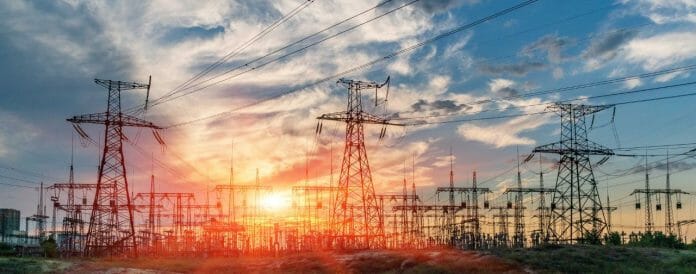The power utility sector is sheltered despite high fuel costs, this is due to the Incentive Based Regulation framework notes Kenanga in its weekly sector outlook report. The Indonesia coal benchmark price rose another 8% QoQ to USD319.94/MT in 3QCY22 from USD295.98/MT and against the coal base price of USD79/MT under the RP3 parameter. This also indicates that Tenaga’s total fuel cost would increase further in 2HFY22 after a 135% YoY hike in the first half of this year.
Although the increased fuel cost will eventually pass through to consumers or partly offset by KWIE fund with a 6-month lag, the utility giant may see weaker earnings in the second half and the lag effect of ICPT adjustment could be delayed into 2023 points the research housel. Meanwhile, TNB is allowed to recover the cost of working capital for any costs involved in ICPT-related receivables. So far, it has received a total of RM2.9 billion cost recovery for July-September from the government. This demonstrates the government’s commitment to upholding the IBR framework and the ICPT mechanism.
On demand side, Kenanga expects 2022 to recover strongly by 5.8% after the pandemic-hit demand growth of -5.0% and +1.2% in 2020 and 2021, respectively. For 2023, it has projected demand growth of 1.8% which is slightly higher than the guided growth of 1.7%.
As for gas utilities, high gas prices affected non-regulated businesses. With Petronas’ Malaysia Preference Price, gas price staying above RM40/mmbtu currently from c.RM30/mmbtu in 1HCY22, Gas Malaysia is likely to see good earnings generated from the non-regulated retail margin in the second half that could offset a slowdown in volume as guided by the company. However, the same cannot be said for Petronas Gas as its non-regulated utility unit, which uses gas as fuel to generate and supply power, steam, and industries gases to industries could get hit in the coming 2HFY22 as similar to that in 2QFY22. Having said that, Kenanga still expects resilient earnings for the regulated businesses for both while the upcoming RP2 which starts next January could still see earnings growth even if the new rate of returns for the regulated asset base could be lower.
The lower rate of return may not impact earnings negatively as the size of RAB is getting bigger over the year. This
has also been witnessed in TNB’s earnings as the rate of return fell to 7.3% in RP2 from 7.5% in RP1, its regulated
earnings were still higher when it moved to a new RP period. IPPs earnings to remain resilient. Given the sustained profitability at PowerSeraya, YTL Power should see better earnings stability in 1HFY23. Similarly, Malakof should also see improved earnings stability.
On the other hand, Samaiden is a poster child of the RE adoption in Malaysia, anchored by the continued government-led program where we expect its earnings to grow 17% YoY in FY23. However, there is caution pertaining to the outlook of Pestech which is likely to be weighed down by margin compression on soaring input costs and less-than-optimal project execution on top of a depleting orderbook with slower new orders flow.
Overall, the sector is liked for its earnings defensiveness backed by regulated assets for power and gas utilities while earnings for IPPs are supported by PPA with assets helping to bridge the earnings gap as certain old IPPs assets are expiring. TENAGA is a top pick for the sector on the back of it being an economy-reopening play underpinned by the recovery of electricity demand from the commercial and industrial sectors, its risk premium (largely due to the ballooning under-recovery of fuel costs) easing as energy prices come off their peaks, and it is a beneficiary of the return of foreign investors given its significant weighting in key indices.









